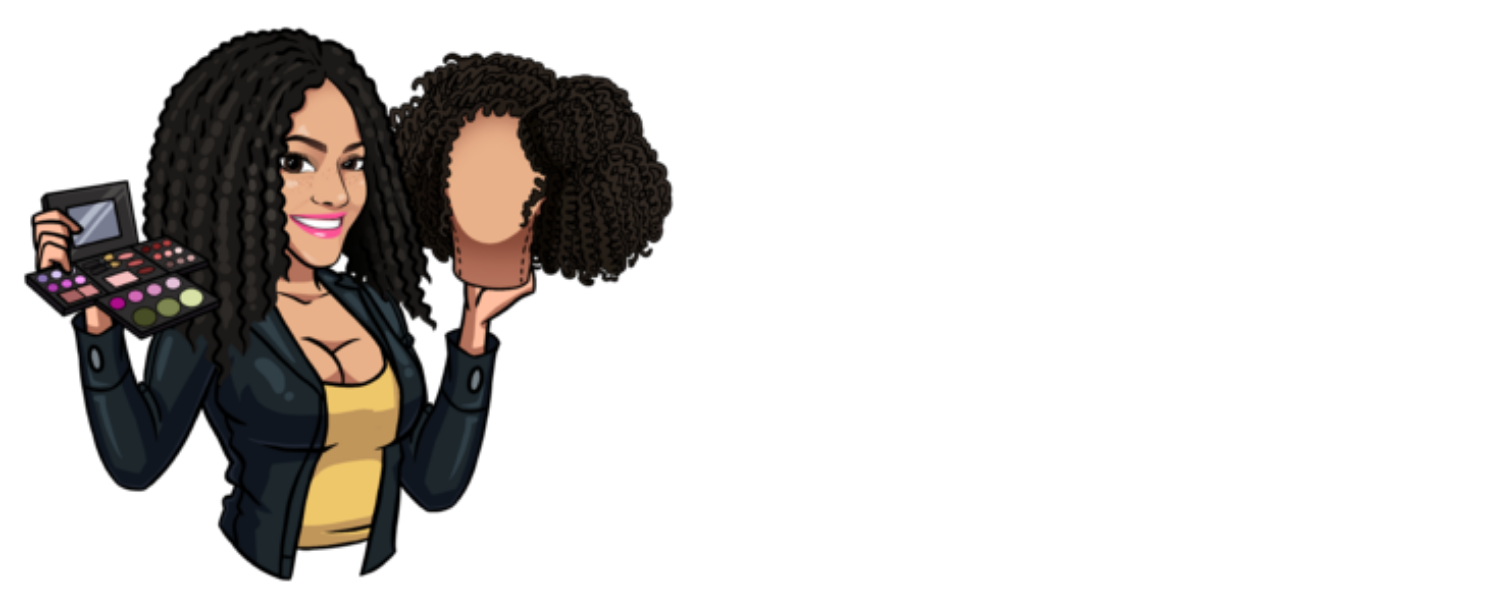The hardest part of being a woman with alopecia is difficult to pinpoint. First of all, it absolutely decimates your self-confidence. Whether you typically wear your hair long or short, struggling to cover those maddening bald spots, where your tresses have fallen out in clumps, sabotages your self-esteem like the worst kind of schoolyard bully.
Then, of course, you face the stress: the frustrating, life-consuming stress that is female hair loss. But stress only creates more hair loss, entangling you in a twisted perpetual cycle of stress, shedding, stressing about the shedding, and then even more shedding.
My struggle with alopecia began after my daughter’s birth. After I’d been breastfeeding for six months, what started as light shedding quickly progressed to full-blown balding. At first, I chalked up the hair loss to post-partum hormones, but such a large volume of hair fell out with each brush stroke that I soon realized this went beyond typical post-baby shedding.
Covering up the bald spots became my priority, and the hair loss soon rivaled coping with first-time motherhood and going back to work as Property Manager of a bustling multi-million dollar residential complex as a primary stressor in my life. At first, I tried a variety of short hairstyles to cover the patches, but I eventually settled on wearing wigs to conceal my growing problem.
For me, that sense of having to wear a wig everyday was among the most painful aspects of living with alopecia. I just didn’t feel like myself. To be completely honest, I missed myself. I would look in the mirror and wonder where Nikki went. What happened to the confident, vivacious woman who used to model and was always the first to sign up to audition for school plays? I knew she was in there, somewhere, but it was hard to see her underneath the wigs. Is there anything wrong with wigs? Absolutely not! There are tons of beautiful, realistic wigs out there by amazing wig designers killing the game. However, being forced to wear a wig didn’t sit with me well.
Living with contradictions is inherent to being a modern woman. We’re supposed to care about our appearance, but also not be defined by it. However, the cultural significance attached to our hair is undeniable and inescapable.
As women, we learn from society that our hair is integral to our beauty, and that we should all strive for beauty. Just having hair isn’t enough, of course; we must have the right kind of hair. After all, the powers-that-be must uphold their hair-based hierarchy. And while that hierarchy may be completely arbitrary, we all know its structure: Straight, European hair types are on top, while curls of color are on bottom.
I have acutely felt its effects as a multi-racial woman of color with African-American roots (pun very much intended). I don’t think I can recall a time when I ever wore my natural curls to a job interview; I always made sure my hair was straightened or pulled into a sleek ponytail. Call it a preemptive self-defense mechanism! I never wanted to put my interviewers off with an “untamed” (and therefore “unprofessional”) hairstyle.
While growing up, I was always praised for having “good” hair, which always struck me as strange. Sure, my loose ringlets were beautiful – but so were afros and braids and all of the kinky-curly textures that black hair can take on. The explanation lies in yet another hierarchy. This system arranges members of the black community on a spectrum, based on how closely they mirror European beauty standards.
My experience has been to live as a woman of color, but I know the challenges I’ve described affect women of all ethnic backgrounds to varying degrees. We are unsatisfied with our hair because we are all taught that we somehow fall short of perfection. Blondes may have more fun, but they’re also never viewed as rocket scientists. Brunettes are more serious – academic, even – but wouldn’t they have more fun and be more desirable if their hair was yellow? People expect women with unconventional hair colors to be rebellious and alternative, while advising women with short hair to grow it out long. Women with curly hair wish it were more manageable and straight; women with straight hair envy the natural volume that comes with curls. The grass is always greener, I suppose.
Society suggests that our hair is an essential component of our femininity, so when you are living with an alopecia diagnosis, it’s hard to not view baldness as the loss of your feminine beauty, even when you know better. Realizing that you’re still you – that beautiful, vivacious woman with inherent beauty and a unique essence not defined by your hair – is an essential step towards freedom.
The moment when I realized that I was still Nikki, I knew I had to be more proactive in managing my condition through trial and error. This awakening was my first step towards taking control back in my hair loss/regrowth journey. Stay tuned…..as there is more to come!
To the woman reading this who is battling the challenges of female hair loss, I want you to know that you’re still you – beautiful, charming, worthwhile you. This is a key realization that can unlock your journey towards regrowth and recovery.


